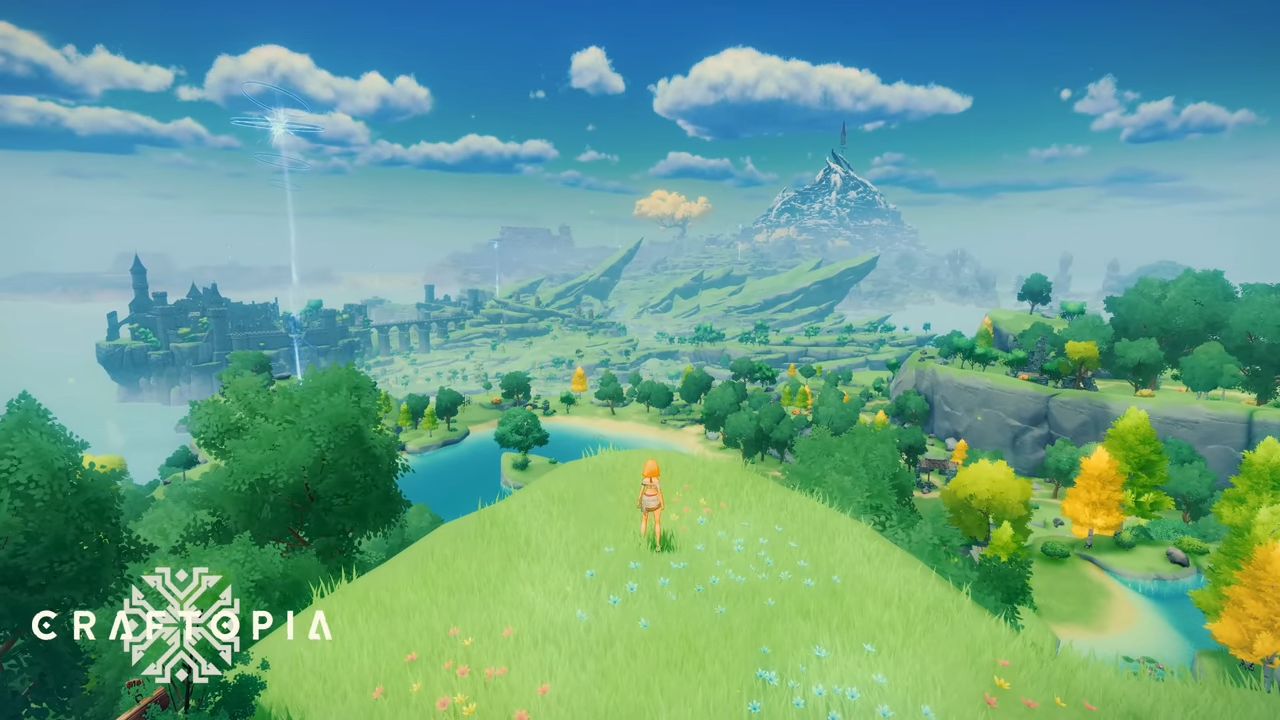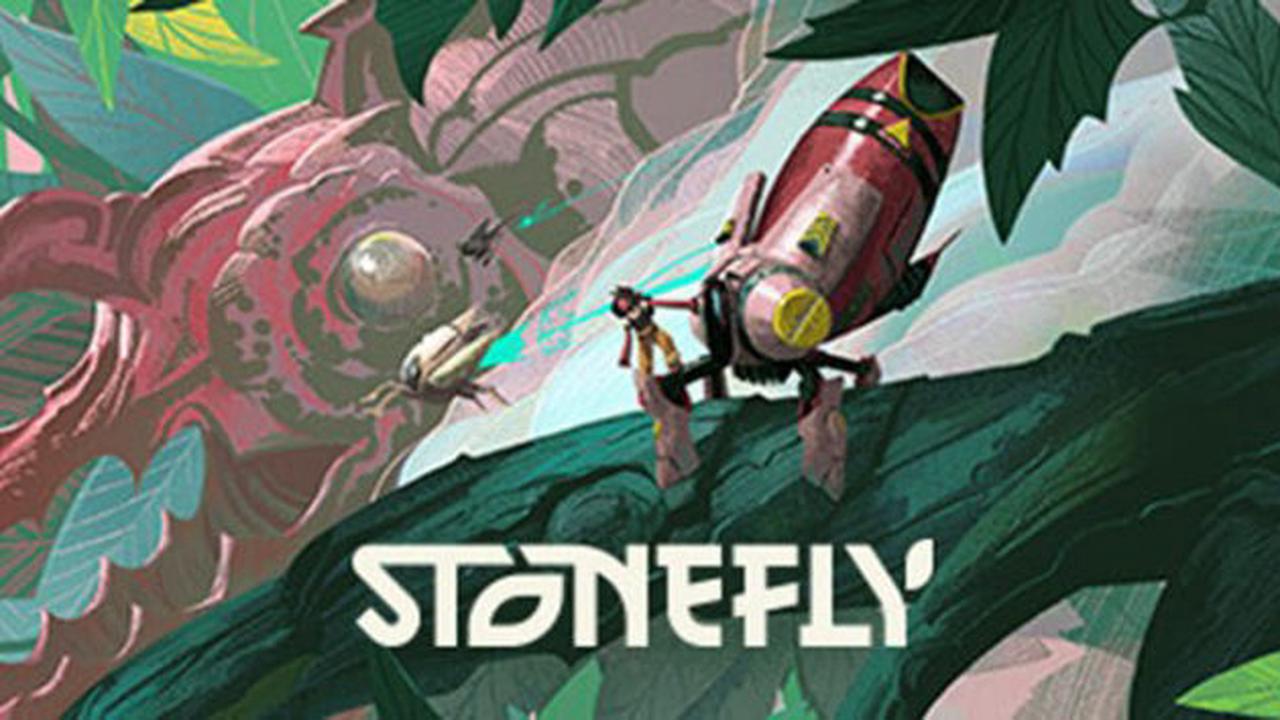In a world filled with distractions and fast-paced living, the art of family storytelling has become a lost treasure waiting to be unearthed. It is the magic that binds generations together, spanning the depths of time and weaving a tapestry of shared experiences.
Through the power of words, we have the ability to connect with our loved ones, understand their journeys, and heal wounds that have lingered for far too long. Together, we can embark on a journey of uncovering the hidden legacies that lie within our families, embracing both the joyful tales and the challenging ones.
With the aid of modern technology, we can now preserve and share these precious stories, ensuring that our connections remain strong for generations to come.
Importance Of Storytelling In Building Connections And Shaping Identities
Storytelling has been an integral part of human culture, passing down knowledge, traditions, and experiences from one generation to another. Beyond its role in preserving history, storytelling plays a profound role in building connections and shaping our identities.
When we tell and listen to stories, we create spaces for empathy, understanding, and mutual respect. Through the art of storytelling, we can bridge gaps between individuals and foster a sense of community.
Storytelling allows us to step into the shoes of others, experiencing their joys, sorrows, and triumphs. This shared experience cultivates empathy and understanding, breaking down barriers that may exist between individuals or groups.
By listening to stories, we gain insight into different perspectives, fostering a more inclusive and compassionate society. Moreover, when we share our own stories, we invite others to connect with us on a deeper level, fostering meaningful relationships and building strong social bonds.
In this way, storytelling becomes a powerful tool for building connections and shaping our collective identity.
Telling and listening to stories is not only a means of entertainment but an essential way to foster empathy, understanding, and connection. Through the art of storytelling, we create spaces where diverse voices can be heard and where meaningful dialogues can take place. As we immerse ourselves in stories, we become witnesses to the trials and triumphs of others, opening our hearts and minds to new experiences and perspectives.
By sharing personal stories, we invite others to enter our world, building connections built on a foundation of trust, compassion, and shared understanding. In a world that often feels divided and disconnected, storytelling offers us a way to come together, to find common ground, and to build stronger communities.
Ethos: Emory University’s Program For Community Storytelling
Emory University recognizes the power of storytelling in building communities and has developed the ETHOS program to embrace this art. ETHOS (Ethical Education for Sustainable Communities) focuses on storytelling as a means to strengthen connections within the university and surrounding communities.
The program aims to empower individuals to share their stories by providing opportunities for personal reflections and collective sharing.
At the heart of ETHOS is the signature event of Story Circles. During these gatherings, people come together to tell personal stories in response to prompts.
This communal experience allows participants to reflect on their own experiences and connect with others who may have had similar journeys. Story Circles serve as a space where vulnerability is embraced, trust is built, and deep connections are formed.
It is through this process of sharing stories that individuals find a sense of belonging and build relationships that extend beyond surface-level interactions.
Story Circles: Sharing Personal Stories In Response To Prompts
Story Circles are a powerful tool for community building and personal growth. They provide individuals with a platform to share their unique experiences, perspectives, and emotions.
By responding to prompts, participants are encouraged to delve into their memories and reflect on meaningful moments from their lives. This process of introspection facilitates self-understanding and helps individuals make sense of their own identities.
Story Circles offer a safe and supportive environment where individuals can explore their past, confront challenges, celebrate successes, and heal from trauma. By sharing personal stories, participants not only gain greater self-awareness but also develop a deeper understanding of others.
Listening to the stories of fellow participants fosters empathy and builds bridges of connection. Through shared experiences, individuals realize that they are not alone in their triumphs and struggles, strengthening the bonds within the community.
The Healing Power Of Family Storytelling
Family storytelling holds a unique place in our lives, providing a space for preserving history, understanding difficult experiences, and bridging generational gaps. When families come together to share stories, they create a rich tapestry of memories that shapes the identity of each member.
Through storytelling, families can pass down traditions, values, and wisdom, creating a strong sense of heritage and belonging.
Renowned author Bruce Feiler believes that family storytelling is not only about preserving the past but also about improving family dynamics and navigating changes. Sharing stories about childhood experiences not only boosts self-esteem but also reduces depression and anxiety in children.
By listening to tales of triumphs and challenges, children gain a sense of resilience and realize that they are not alone in facing obstacles.
Family storytelling needs to be nurtured as a skill, allowing parents to pass down the art of storytelling to their children. By including germs or challenges in stories, parents can teach children how to navigate difficult situations and build their own storytelling abilities.
Elders within the family can be a valuable source of storytelling, passing on cherished tales and wisdom from their own lives.
Technology Tools And Partnerships For Documenting And Sharing Stories
In our technologically advanced world, there are numerous tools and partnerships that can aid in the documentation and sharing of family stories. Technology has made it easier than ever to capture and preserve our stories for future generations.
Speech-to-text transcription tools can significantly assist in the process of recording and documenting oral histories. These tools can convert spoken words into written text, allowing stories to be easily shared and preserved.
Partnerships with companies like Storyworth can also be invaluable for families looking to document and share their stories. Storyworth offers a platform that facilitates the collection and organization of family stories.
Through a series of prompts and questions, individuals can record their memories, creating a digital archive of their family’s history. This platform provides a means for families to pass down their legacies, ensuring that their stories are preserved for future generations.
It is crucial to embrace both the positive and difficult aspects of family stories. Every story holds value, not just those with happy endings.
By discussing both beautiful and challenging stories within the family, we teach children the importance of honesty, resilience, and empathy. Knowing that their ancestors have overcome difficult times can give children the confidence to face their own challenges and build resilience.
In conclusion, the art of family storytelling is a powerful tool for sharing legacies and building connections. Storytelling allows us to connect with others on a deeper level, fostering empathy, mutual understanding, and a sense of belonging.
Emory University’s program ETHOS has recognized the significance of storytelling in building communities and offers platforms like Story Circles for individuals to share their personal stories. Family storytelling plays a crucial role in preserving history, understanding difficult experiences, and shaping identities.
It can heal the wounds of trauma, build resilience, and strengthen family connections. With the aid of technology tools and partnerships, documenting and sharing family stories has become more accessible and crucial than ever before.
By embracing both the joyful and challenging stories within families, we not only pass down legacies but also teach valuable lessons to future generations. So, let us celebrate the art of family storytelling and the connections and legacies it creates.


